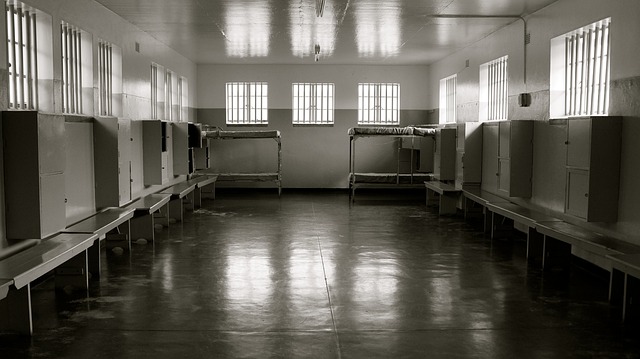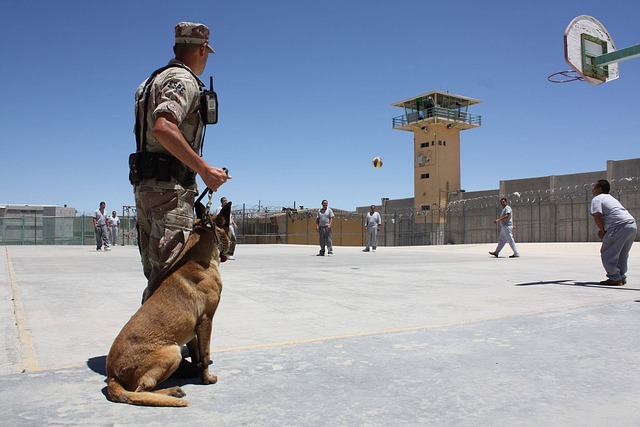Global Immigration and DUI Perspectives vary greatly based on rural vs urban settings, cultural norms, legal systems, and public safety priorities. Rural areas face challenges due to lower population densities and limited resources, leading to less stringent laws or different deterrence approaches. Urban centers boast robust law enforcement and stricter regulations. Immigration patterns contribute to diverse perspectives, with urban areas adopting more nuanced policies catering to various cultural backgrounds. Balancing public safety and cultural sensitivities is crucial for effective DUI management in global immigration contexts.
“Exploring the Global Landscape of DUI Laws: A Focus on Rural vs Urban Disparities
This comprehensive article delves into the intriguing intersection of global immigration and DUI perspectives. We examine how rural and urban areas shape distinct DUI regulations, with a particular emphasis on enforcement and penalties. From a worldwide viewpoint, understanding these disparities is crucial for both drivers and law enforcement. By analyzing various jurisdictions, we uncover the impact of geographical factors and immigration on DUI laws, offering valuable insights into potential implications for safe driving practices.”
- Understanding DUI Laws: A Global Perspective
- Rural vs Urban: Defining the Differences
- Impact of Immigration on DUI Regulations
- Enforcement and Penalties in Rural Areas
- Urban Centers: Strictest Measures and Their Effects
- Comparative Analysis: Implications for Drivers
Understanding DUI Laws: A Global Perspective

DUI laws vary significantly around the world, reflecting diverse cultural norms, legal systems, and public safety priorities. Understanding global immigration and DUI perspectives is crucial when navigating these differences. In many countries, DUI offenses are treated as serious criminal matters, often carrying stiff penalties to deter drunk driving. These jurisdictions tend to have strict blood alcohol concentration (BAC) limits and harsher sentences for repeat offenders, aiming to protect public safety and discourage risky behavior.
In contrast, some regions take a more nuanced approach, focusing on education and rehabilitation rather than severe punishment. This shift acknowledges the complex social and economic factors that contribute to DUI incidents, especially in rural areas where access to transportation is limited. Global immigration patterns also play a role, as immigrants may face challenges in understanding local traffic laws, including DUI regulations, due to cultural differences and language barriers.
Rural vs Urban: Defining the Differences

In the global landscape of immigration and DUI (Driving Under the Influence) perspectives, the differences between rural and urban settings play a significant role in shaping legislation and enforcement strategies. Rural areas, often characterized by lower population densities and more dispersed communities, typically present unique challenges for DUI law enforcement. With fewer police resources and longer response times, these regions may have less stringent laws or different approaches to deterring and punishing drunk driving. On the other hand, urban centers, with their dense populations and high visibility, often boast more robust law enforcement capabilities, allowing for stricter DUI regulations and immediate responses to incidents.
These contrasting environments influence global immigration patterns as well. Individuals seeking a change of pace or better economic opportunities may migrate from bustling urban areas to tranquil rural settings, bringing with them diverse cultural perspectives on DUI laws. Conversely, immigrants might find themselves drawn to cities for their vibrant lifestyles but must navigate stricter and more visible enforcement mechanisms. Understanding these disparities is crucial in fostering effective global cooperation in addressing the complex issue of DUI laws across different environments.
Impact of Immigration on DUI Regulations

Immigration plays a significant role in shaping global DUI perspectives, leading to diverse regulations between rural and urban areas. Many countries have seen an influx of immigrants over the years, bringing cultural variations and differing attitudes towards drinking and driving laws. In rural regions, where immigration may not be as concentrated, local authorities often enforce stricter DUI guidelines, reflecting a conservative approach influenced by established traditions and potentially lower tolerance for alcohol-related offenses.
In contrast, urban centers with diverse populations, driven by high immigration rates, tend to adopt more nuanced policies. These areas recognize the need for laws that cater to various cultural backgrounds and socioeconomic factors. As a result, urban DUI regulations may offer more flexibility, considering language barriers, different understanding of traffic rules, and the unique challenges faced by immigrants settling into a new environment, thereby fostering better integration and compliance.
Enforcement and Penalties in Rural Areas

In rural areas, enforcement of DUI (driving under the influence) laws often presents unique challenges due to lower population densities and less visible law enforcement presence. This is part of a broader global immigration and DUI perspective that highlights disparities in how these laws are implemented across different landscapes. With fewer officers patrolling larger stretches of road, rural communities may rely more heavily on technology like automated speed cameras and breathalyzer checkpoints. However, such measures can be controversial, especially if they’re seen as invasive or disproportionately targeting certain immigrant populations.
Penalties for DUI in rural settings might also differ. Courts often take into account the lesser density of potential witnesses and victims, which could result in more lenient sentences. Yet, these areas may face distinct consequences from increased accident rates due to impaired driving, particularly in remote regions with limited access to medical care. This dynamic underscores the need for tailored strategies that balance public safety with cultural sensitivities in global immigration contexts.
Urban Centers: Strictest Measures and Their Effects

Urban centers around the globe often house the strictest DUI (Driving Under the Influence) laws, reflecting a concerted effort to combat drunk driving and its devastating effects within densely populated areas. These stringent measures include heightened police patrols, harsher penalties for offenders, and robust public awareness campaigns. The impact of such policies is profound; they significantly reduce traffic fatalities related to alcohol impairment, ensuring safer streets for urban residents and visitors alike.
The strictest DUI laws in cities have led to a global immigration and DUI perspectives shift, with successful models being studied and adopted by other metropolitan areas worldwide. These urban centers serve as shining examples of how comprehensive enforcement strategies can transform driving culture, encouraging responsible behavior and minimizing the tragic consequences of impaired driving.
Comparative Analysis: Implications for Drivers

In a global immigration context, understanding the nuances of DUI (Driving Under the Influence) laws is paramount, especially when comparing rural and urban jurisdictions. This comparative analysis reveals significant disparities in legislation, which can have profound implications for drivers, particularly those who traverse different regions frequently.
Rural areas often adopt stricter DUI regulations to address lower population densities and limited access to immediate medical care. These laws may include heightened blood alcohol concentration (BAC) limits for commercial drivers or more severe penalties for repeat offenses. Conversely, urban centers might focus on public safety measures, implementing strict traffic enforcement with a higher police-to-population ratio. Global Immigration and DUI Perspectives highlight the need for uniformity in these laws to ensure fair treatment for all drivers, regardless of their location.
In exploring global perspectives on DUI laws, we’ve uncovered distinct rural vs. urban differences, with immigration playing a significant role in regulatory variations. Rural areas often face unique challenges in enforcement due to lower populations and limited resources, while urban centers have implemented the strictest measures. These disparities highlight the need for a balanced approach that considers both public safety and the specific contexts of different regions, particularly in light of global immigration trends. By understanding these dynamics, policymakers can foster more effective and equitable DUI regulations worldwide.






